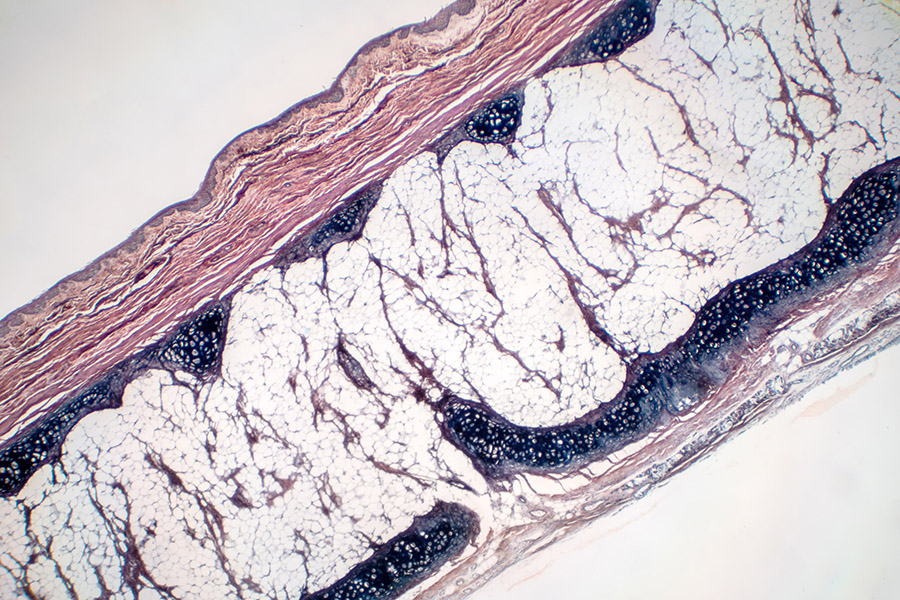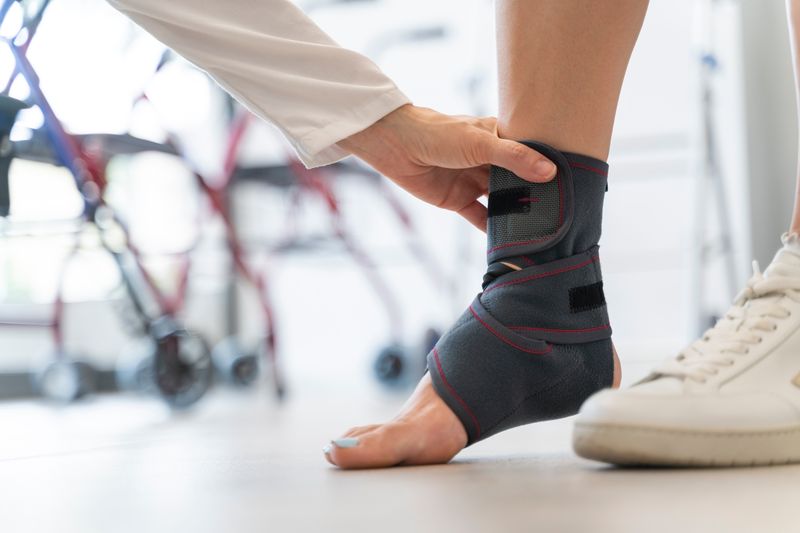A vertebral compression fracture is where adjacent vertebral bones are compacted against each other. Osteoporosis, traumatic injuries, or tumors can cause this fracture. Continue below to learn more about the causes, symptoms, and treatment options for compression fractures.
What Are Compression Fractures?
Compression fracture is a type of fracture in the vertebral column that causes it to collapse. A collapsed column causes the spine to be shorter and press on the spinal cord or nerves, causing bone, muscle, and nerve-related pain.
Common Causes and Risk Factors of Compression Fractures
Osteoporosis commonly causes compression fractures the most. Risk factors can also worsen osteoporosis: smoking, side effects of certain medications, and poor nutrition.
Women are more likely to get vertebral compression fractures due to osteoporosis caused by menopausal hormonal changes. However, older men are also likely to have osteoporosis and spine fractures. Osteoporosis-related spine fractures increase the risk of having future compression fractures.
Other causes include accident-related spinal injuries and tumors. Tumors that cause compression fractures can be tumors originating from bone or other organs and spreading to the bones.
Signs and Symptoms of Compression Fractures
The most common symptoms of compression fracture are the following:
- Pain in the sides and front of the middle and lower back from bone pain and muscle guarding
- Pain is either stabbing or aching
- If the fracture is immediate, the pain sensation is sudden and severely disabling
- Spine pain may last for weeks and can interfere with daily activities
Compression fracture signs and symptoms from osteoporosis can be:
- Progressive scoliosis with or without pain
- Back pain that is alleviated when resting on one’s back but is noticeable during walking or standing
- Back pain that gradually becomes severe over time
- Loss of height of up to six inches
- Stooped over posture (aka kyphosis) that cannot be corrected
Compression fracture signs and symptoms from undiagnosed tumors can be:
- Back pain with or without unexplained weight loss, fever, night sweats
An impinged spinal cord and nerves from a compounded spine can show the following neurological symptoms:
- Referred pain to other parts of the body such as buttocks, groin, hip and ribs
- Numbness
- Tingling
- Muscle weakness
- Difficulty walking
- Difficulty or loss of control of the bowel or bladder
Don’t hesitate to get in touch with your doctor or any of your healthcare providers if:
- You have trouble urinating or excreting stool
- Your pain and other symptoms are getting worse
- You have osteoporosis, back injury, or cancer, together with back pain
Upon visiting a healthcare professional, they will perform a physical examination.
An X-ray diagnostic imaging can identify the fracture.
CT can detect the subtler fractures that are not seen in X-rays.
MRI scans can confirm if the fracture is from a tumor or severe trauma.
If it’s a tumor, PET scanning can differentiate if the fracture is benign or malignant.
If they suspect osteoporosis, they may perform a bone density test.
Treatment Options for Compression Fractures
Early treatment is vital to avoid complications. Compressed fractures can cause complications such as spinal cord or nerve compression.
If the bones don’t heal, they can strain nearby vertebral columns. Kyphosis can lead to compression of the chest organs and worsening of pain.
Chronic pain from said fractures can cause a limitation of physical activity, which can result in blood clot formation in the legs.
Therefore, the non-surgical treatment for compression fractures involves treatment of the cause and pain management. Early mobilization is also vital.
Pain management involves rehabilitation, recovery, and pain medications:
- Pain medicine
- Bed rest and modified activity allow the bones to heal with zero or less strain. An example of modified activity is having a higher bed to prevent bending too much when getting on it.
- Custom-fit back brace for support
- Physical therapy can include warm compress to soothe muscle pain with low-impact mobility and strengthening spinal exercises.
For osteoporosis, bone-strengthening medication and calcium and Vitamin D supplements are given to prevent future fractures.
For tumors, your healthcare provider may recommend radiotherapy.
The doctor may recommend surgical intervention if non-surgical treatment does not lessen the pain in 8-10 weeks.
Spine Surgery for Severe Cases
Spine surgery can be recommended depending on the cause of compression fractures.
A compression fracture from a traumatic injury may need fusion surgery to repair the vertebral bone and joint together.
For tumor-related compression fractures, bone removal can be done with radiation therapy.
Other surgical options for vertebral column compression fractures include:
- Vertebroplasty: bone cement is injected into the affected bone, strengthening the area and relieving pain.
- Kyphoplasty: is used to counteract kyphosis. The compressed vertebra is expanded by inserting and inflating a balloon between the two vertebral bones. The space is then injected with bone cement, making the vertebral column taller.
Spine surgery benefits include pain relief and a better chance of recovery if prior conservative treatment doesn’t work. But there are also risks.
One of the risks of vertebroplasty and kyphoplasty is bone cement leakage, leading to blockage of the lung arteries. Those with osteoporosis may have a higher risk of new compression fractures at untreated spine levels, including at the adjacent level.
Prognosis
Most vertebral compression fractures take 8-12 weeks to heal with conservative treatment -more prolonged with surgical intervention. The recovery will also depend on the spinal cord and nerve damage from the compression fracture.
Some osteoporotic fractures can lead to chronic pain and disability, requiring long-term pain management, modified daily activities, and low-impact fitness.
The prognosis for tumor-related compression fractures depends on the type of cancer and how positively or negatively it responds to treatment. See our Spine Surgery page to learn more about back problems such as muscle back pain.

























